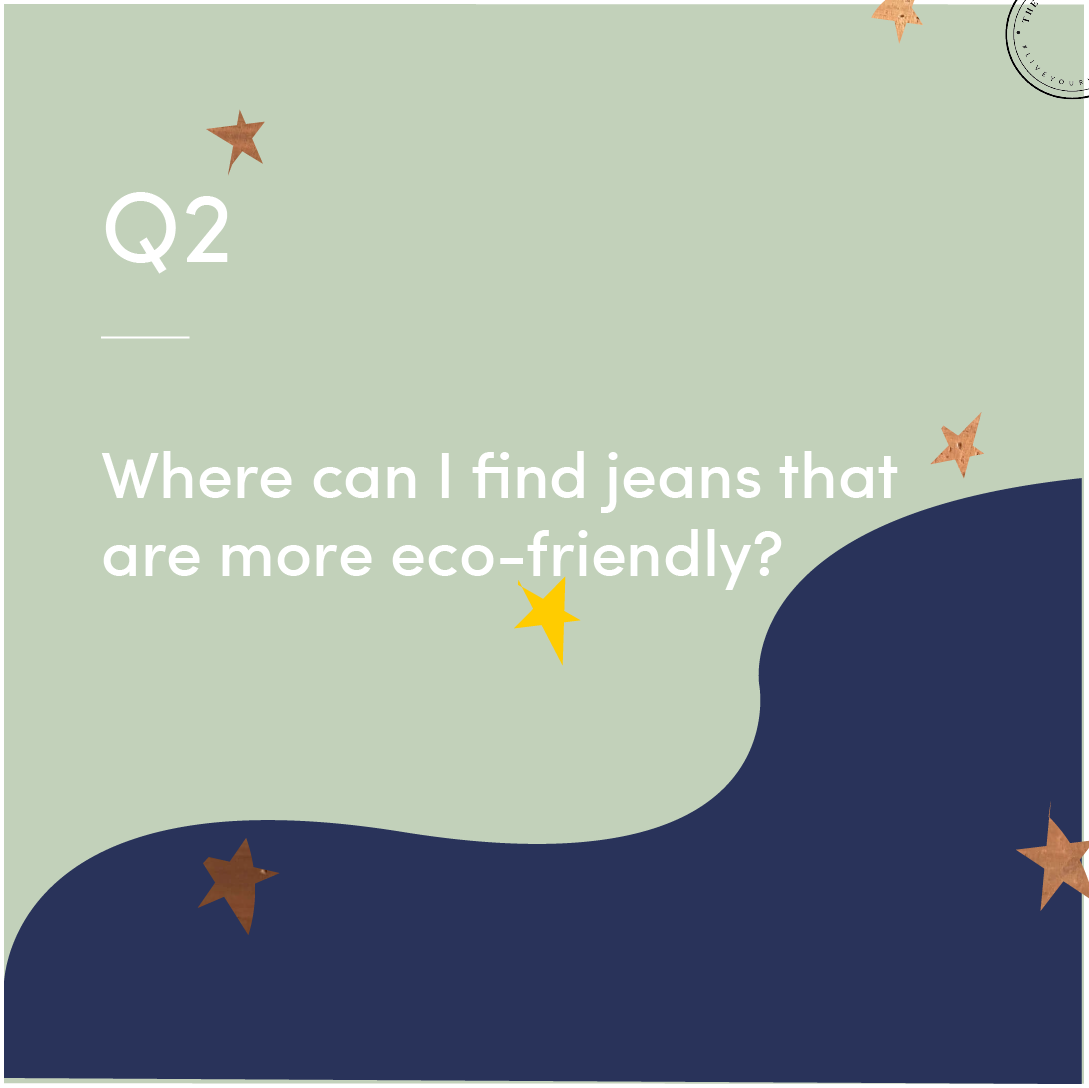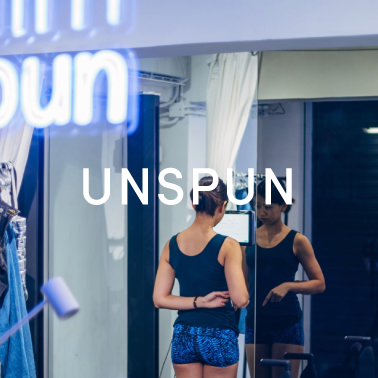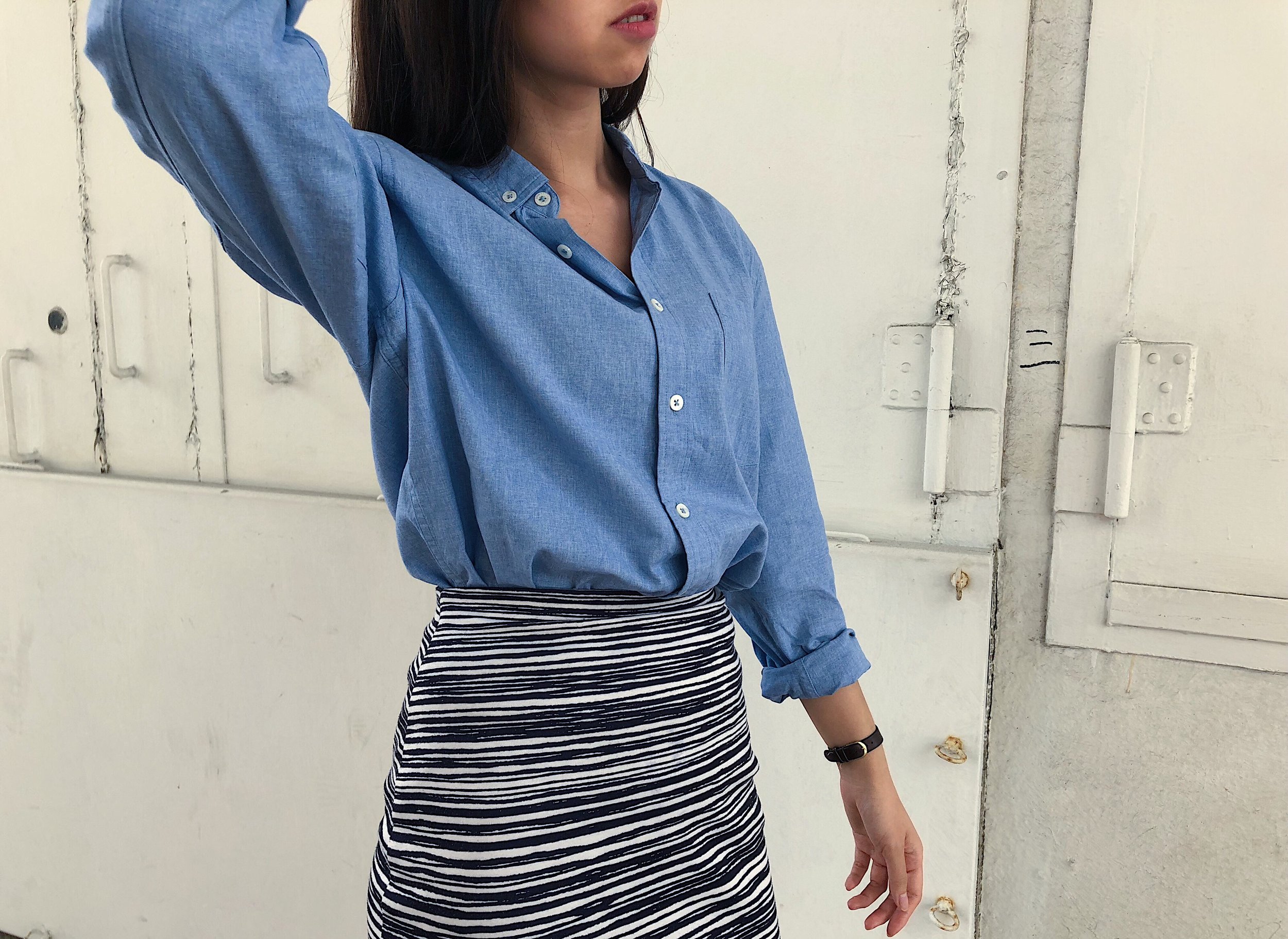How to save lives with your jeans
Hey all!
If jeans can kill, then there must be a way to save lives with it.
Last post we discussed about the environmental impact of jeans manufacturing, and I promised to dive into a review of products by Unspun (denim jeans) and Cosmos Studio (denim shirts). But before that, I want to make several points clear. I have been reposting articles in different places and the question I get most often is:
It’s not about jeans. It’s denim shirts, skirts, dresses too. So denim in general is the way a fabric is weaved. This in itself has nothing wrong (2 vertical yarn x 1 horizontal yarn pattern). What is the most problematic is the dyeing and finishing stage.
DYEING
No matter it is denim in black, white (bleach), red, yellow, etc. they all require some level of synthetic chemicals (or sulphur dyeing, so I read). But we’re looking at a gradation of impact. The colour indigo (or blue), is a very tricky dye because unlike other colour dyes it is NOT water-soluble. So in order to transfer the colour to the yarn/garment, we require a chemical mordant (usually heavy metals) to help “release” the colour from the dye (not the most professional or scientific way of saying it). So while all colours requires dyes, indigo is especially polluting.
FINISHING
Most of the time a pair of jeans is dyed DARK BLUE and bleached until they are light coloured. (Not sure about other lighter colours such as light red). Hence, the lighter the blue colour is, the more bleach or washing it endured. Similarly, the more distressed it is, i.e. scratch marks, broken holes, etc. means more manual and chemical work. So at the end of the extreme of the most polluting denim (in an unregulated context) = light blue distressed denim.
WHERE TO BUY
You can already buy eco-friendlier jeans by NOT choosing light blue distressed ones! But if you’re picky, you need to look for:
Certification such as GOTS organic cotton (that doesn’t use synthetic chemicals when growing cotton) / BCI cotton (that listed criteria on soil, water usage, natural habitats, quality of fibre and worker conditions).
- GOTS / Oeko-tex certifications that during production that chemicals used are safe
- Worker conditions
The best option is: don’t buy new ones! I am quite sure we all have enough denims that we don’t need.
REVIEW TIME!!!
I just want to put it up front that I am biased - I only know of these companies because I personally know the founders. However, my review is based on the touch-and-feel of the actual product that I buy using my very own money. I have absolutely no incentives recieved by writing this post.
Let’s start with cons because just as my blog title says, there are no perfect solutions. Let’s all admit that this is not a perfect solution and see where we can go from there.
1. REVIEW OF UNSPUN
WHAT IT IS:
3D body scanning gives accurate body measurements to custom-made jeans using 3D ‘weaving’ (i.e. only 1 yarn that goes around).
CONS:
It does not solve the problem at the dyeing stage, as the yarn will inevitably be dyed just like any other conventional jeans.
Still at stage of finetuning the fit as some friends told me that the fit can be improved. I suspect that it is because jeans is an inherently difficult garment to make. There are so many styles - some like it loose at the hips, some like it tight. I had a perfectly fitting pair, but the position & size of the pocket isn't what I had imagined. There's a lot of parameters depending on individual preference so it's best to elaborate on what you wanted prior to making the jeans.
- Limited styles. I’m talking about 4-5 fabric composition (100% cotton, 99% cotton, etc.) x 3 fits.
PROS:
Well, not sure about others, but my jeans fits!
The orders are made-to-fit on demand, so no excess inventory.
- It has minimal impact at the finishing stage because their jeans are not 'distressed'. What compensates (for the lack of 'distressed' style - not that we want them! - is more styles such as colour block to give you that simple yet versatile look.
- Fabric wastes is a common problem at the 'cutting' stage. With the ‘3D weaving’ technology, there’s no fabric wasted.
- The weaving machine, ideally, can be localized in-store, so logistics & transport that requires carbon footprint is lowered.
(That's the high-waisted Unspun jeans right there at the beginning of the post!)
2. Review of Cosmos Studio
WHAT IT IS:
Instead of dyeing the yarns by dipping the yarn into a dye bath repeatedly, they 'print' the colour onto the yarn at 360 degrees and that uses drastically less water to dye the fabric.
CONS:
- It's a unisex sizing and their sizes run large. I am usually a size S in HK, but their XS is too big for me. But if you're going for a 'i got my shirt from my boyfriend' look, that's perfect for you 😜.
- I remember seeing it the first time and can see some threads not cut properly. Hopefully with better craftsmanship & QC this can be improved.
- Like Unspun, limited style. When I say 'shirts', what I’m really talking about is 1 shirt in 4 colours x 3 sizes.
PROS:
- I was surprised by how airy it feels - it was 27C during the day and I didn't sweat a bit in it!
- Drastically less water and chemical waste at dyeing stage.
- The colour (despite in lighter shade) requires no bleaching - the yarn was dyed in light shade, so there’s no need to go for that bleached / final finishing process.
Conclusion
To be fair, the whole denim production process is so flawed that there are so many ways to reduce the waste involved, from different arena of technology. This is by no means a competition between the 2 companies. They do not compete with each other on the technology that they develop, and in my mind, they are pretty complementary!
What Unspun does was to tackle the “fit” and “inventory” problem, whereas Cosmos Studio tries to solve the technical aspect of how to perfect the dyeing & finishing stage.
So here you go, quite an in-depth piece that certainly will put off readers who are looking for quick easy answers to problems! If you’ve hung on and are reading this, I love you♥️!
Thank you @salonbyjess, for the amazing photos in this post & being the source of creativity !









